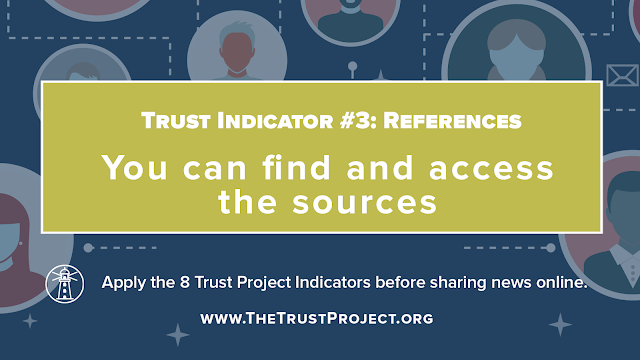You have boundaries, but they don’t seem to be working. You still feel like people are taking unfair advantage of you. Your self-esteem is taking constant hits, and the criticism is unending. What gives?
Chances are you need to take a hard look at your boundaries. Perhaps the ones that used to work, don’t anymore because you aren’t the same person. Or it’s time for a tune-up so that you can not only strengthen the boundaries you have but make them healthier at the same time.
What are (some of) the warning signs that your boundaries need work?
- When someone bullies you, and you stay silent.
- You agree to things you don’t agree with (such as political opinions) to avoid ‘rocking the boat.’
- You suffer from guilt anytime you do something for yourself.
- You constantly say ‘yes’ even when you want to say ‘no’ when people ask you to do things.
- You’re the one who does all the giving in your relationships.
- You give your time to people who don’t deserve it.
- When someone is in your personal space, you don’t say anything, despite how uncomfortable you feel.
- You don’t speak up when the joke isn’t funny - and it’s at your expense.
- People bully you, but you do nothing about it.
- You’re always playing the victim.
- People take you for granted.
- You worry all the time about what people think of you.
- When someone tells you to ‘do something for yourself’ you have no idea what to do.
- You over-share when talking to others about yourself.
- You take on other people’s guilt as though that will absolve them somehow.
- You’re in a career that was chosen for you, rather than in one that you want to do (such as working in a family business you had no desire to be part of).
- You don’t speak up when someone touches you physically even though you don’t want to be touched.
- You wind up in relationships with controlling individuals.
- You see yourself as the ‘sacrifice.’
- You feel like people won’t like you if you don’t do things for them.
- You use actions as currency with people by doing things in hopes that they will someday do something for you in return (that day never comes, does it?)
- You tend to manipulate people to get your needs met
- Reading this list is making you uncomfortable because you’ve already recognized more than one thing on it that sounds like you.
It is a daunting list.
The good news is, there is room for you to change. Remember, boundaries are always a good idea. Making sure that the boundaries are healthy is crucial to your development into the individual you’ve always been meant to become.
- By checking your boundaries periodically, you will likely see places that need work. But you’ll also see where you can do things to keep them strong and healthy enough to serve you going forward.
It might seem like a lot of effort on your part, but in the end, don’t you think you’re worth it? With that in mind, it’s time to get down to work. You’ve got this!



















































